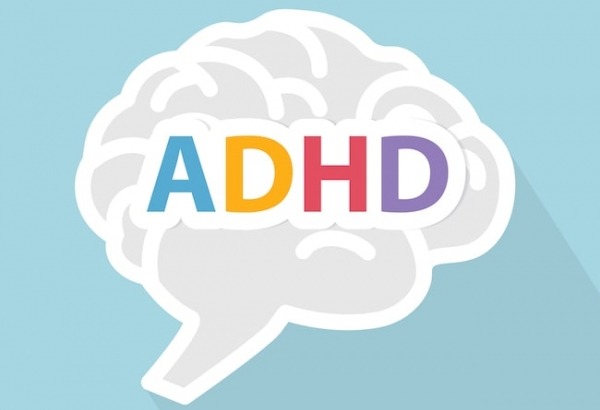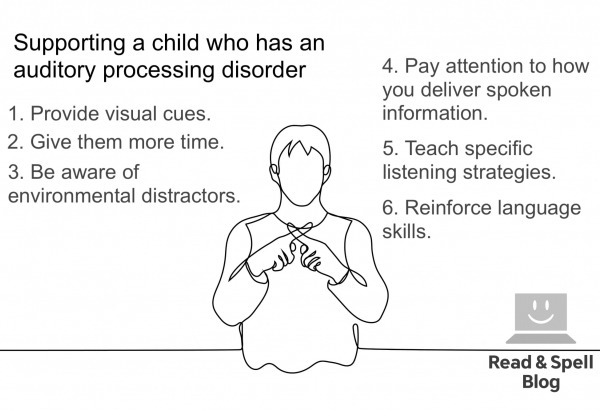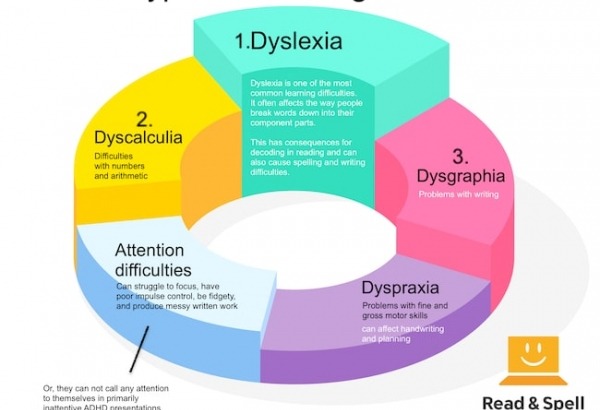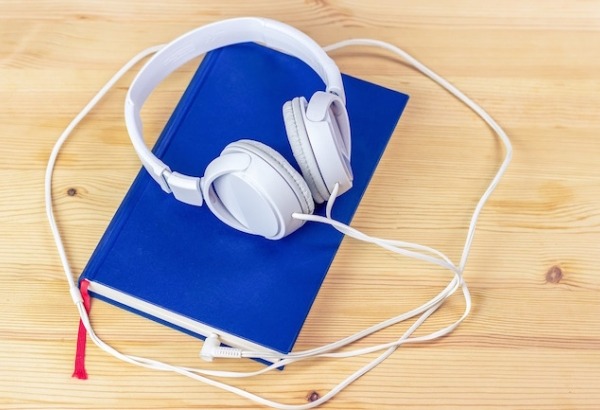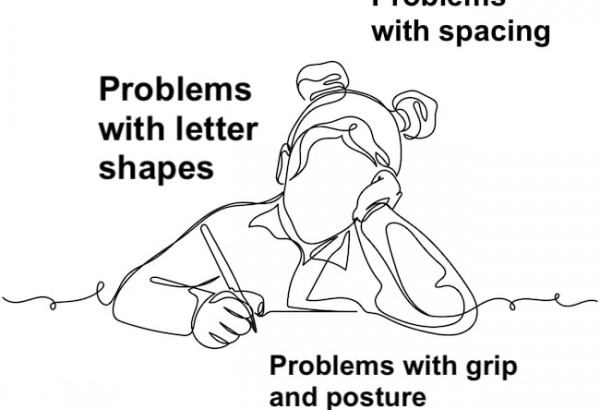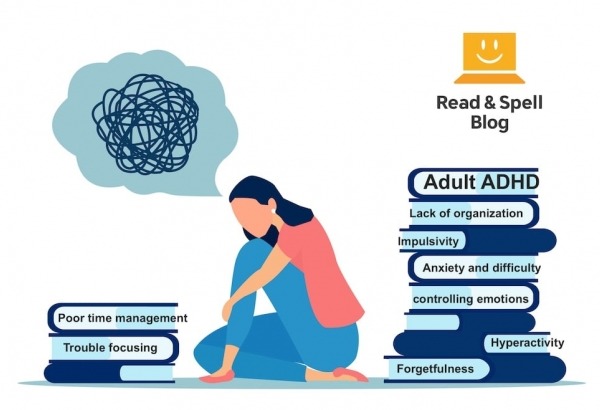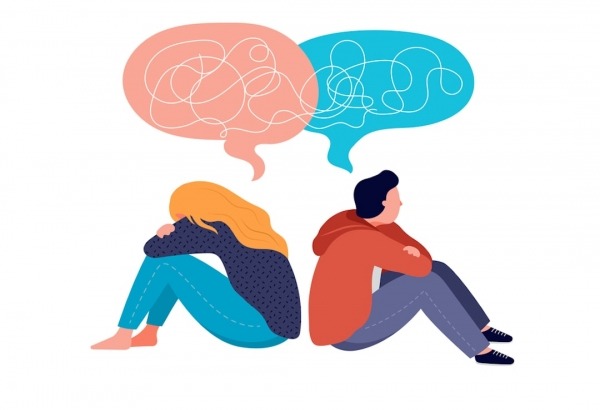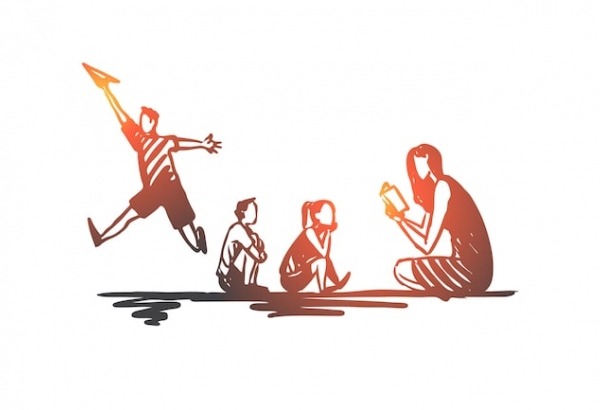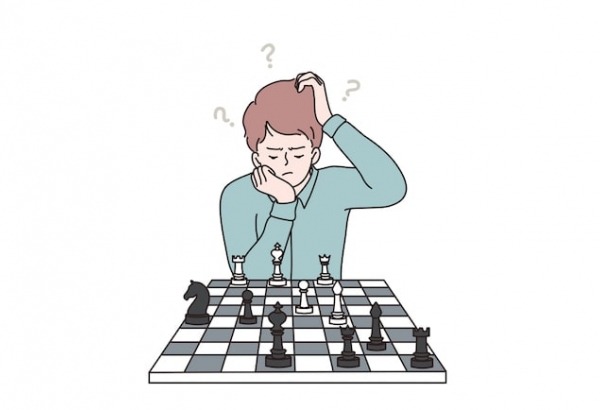Giftedness is often defined as an intellectual ability linked to an IQ score of 130 or more. However, not all gifted children excel in an academic area. Signs of a gifted child also include a high creative, artistic, musical and/or leadership ability relative to same-age peers.
Giftedness can be focused in a single skill, or it can be more general. It's also important for parents and educators to understand that giftedness can sometimes come alongside specific learning differences that affect performance at school.
In these situations it's important to help a child develop their talents while also overcoming any challenges posed by a learning difficulty.
In some cases of giftedness, it may be appropriate for a child to attend a special program or a school specifically for gifted children. The aim is to ensure ample opportunities for advancement in a classroom environment that is sensitive to the child's needs and provides adequate stimulation.
With access to the right resources and emotional and academic support, every gifted child can achieve their full potential at school.




